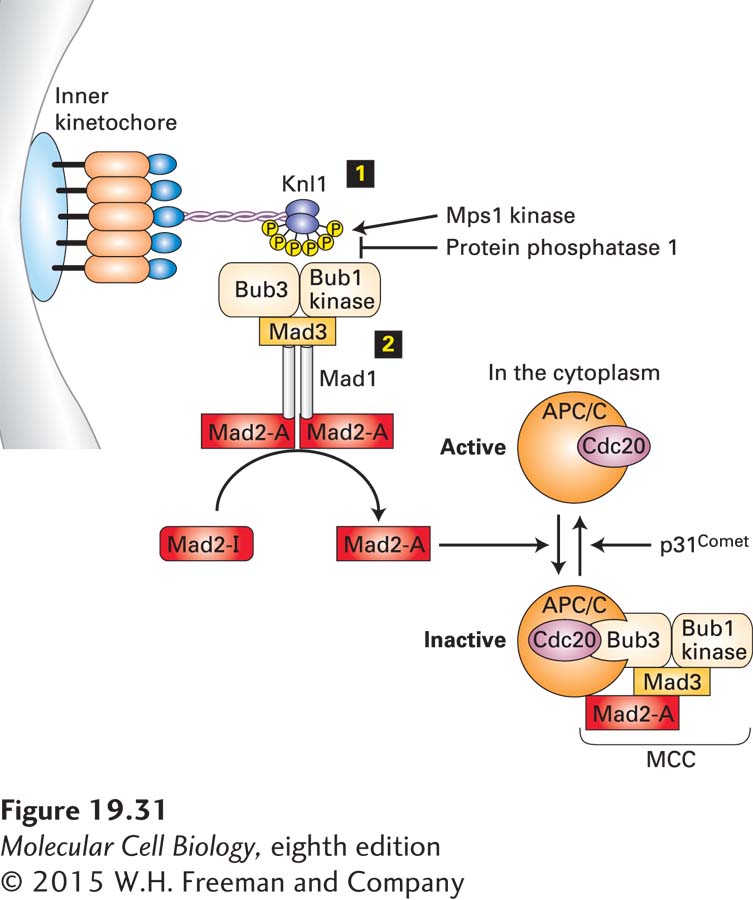
FIGURE 19- 1- 1- 1- 2- 2- 1- n-